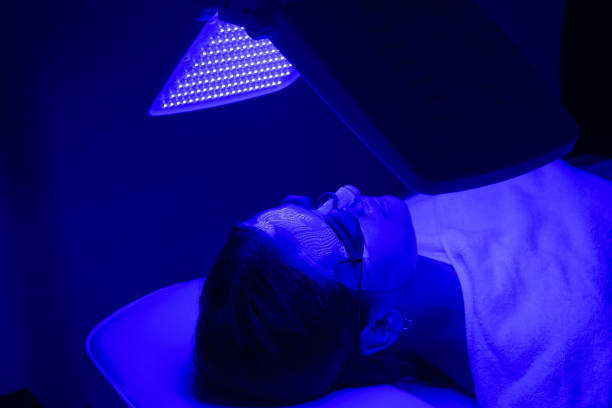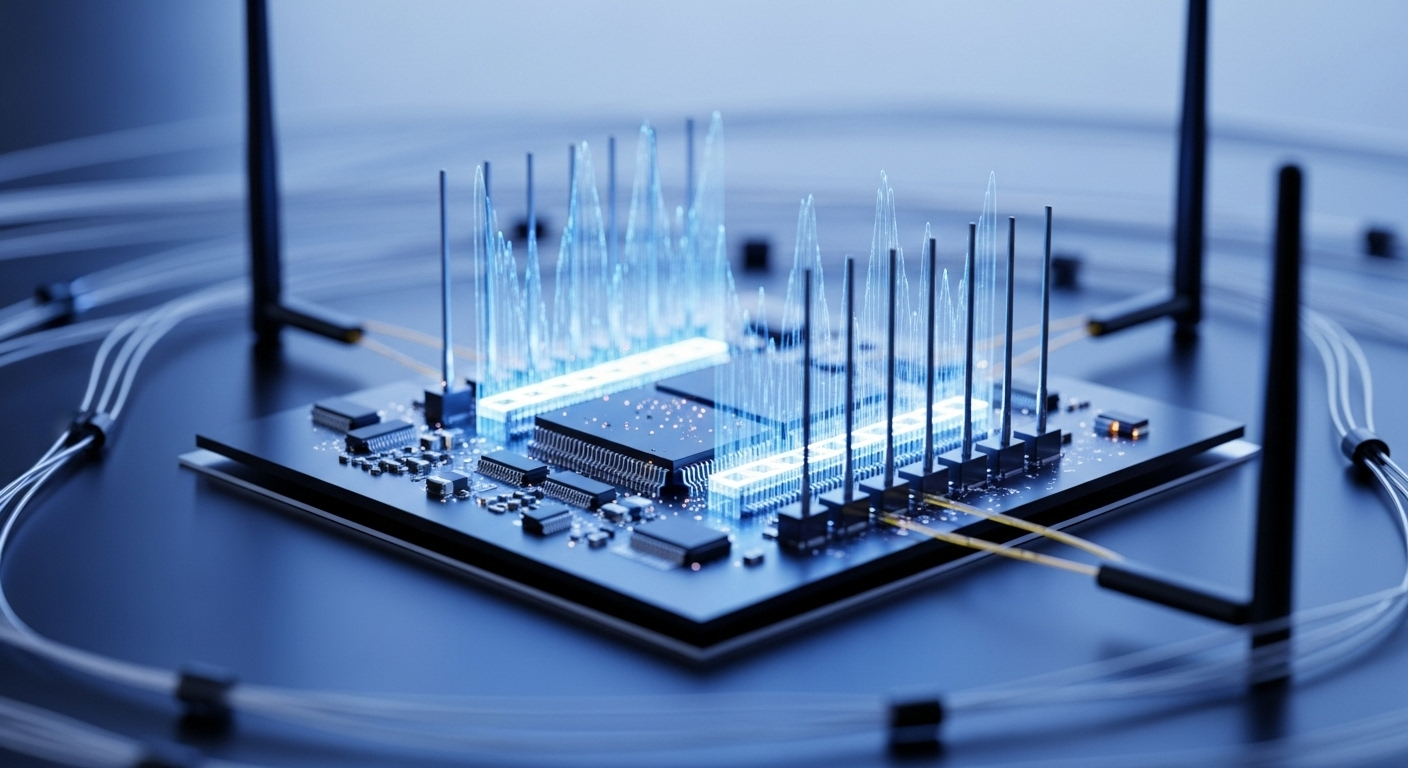Unraveling the Mystery: The Effect of Blue Light on Health
How often do you consider the impact of light on your body and mind? Specifically, the blue light emitted by digital screens. The effects of this seemingly harmless light are more profound than you might think, and understanding the science behind it is key to our overall well-being.

Blue light is a color in the visible light spectrum that can be seen by the human eye. It has a shorter wavelength, which means it produces higher amounts of energy. It’s everywhere in our world. While the sun is the major source of blue light, there are also many man-made, indoor sources of blue light, including fluorescent and LED lighting and flat-screen televisions. Most notably, the screens of computers, electronic notebooks, smartphones, and other digital devices emit significant amounts of blue light.
The Science Behind Blue Light
Blue light is not inherently bad. In fact, it plays a critical role in regulating our body’s circadian rhythm—the internal clock that controls when we feel awake and when we feel sleepy. During the day, blue light can boost attention, reaction times, and mood. However, prolonged exposure, particularly during the evening, can disrupt our sleep and cause other health issues.
Multiple studies have shown that exposure to blue light in the evening can suppress the secretion of melatonin, a hormone that signals to our bodies it’s time to sleep. This disruption can cause difficulty falling asleep, staying asleep, and feeling rested the following day, leading to a cycle of sleep deprivation.
The Health Implications of Blue Light Exposure
Beyond sleep disruption, recent research has drawn a link between excessive blue light exposure and long-term vision issues, including age-related macular degeneration and cataracts. While more research is needed to fully understand these connections, it’s clear that moderating our exposure to blue light is a necessary step towards optimal eye health.
In addition, the correlation between blue light exposure and mental health cannot be overlooked. Lack of quality sleep can lead to increased stress, anxiety, and depression. Studies have shown that people who use electronic devices before bedtime report lower quality of life, compared to those who do not.
Strategies to Minimize Blue Light Exposure
Given the potential health impacts, it’s essential to adopt strategies to minimize blue light exposure, especially during the evening hours:
- Limit screen time: Try to turn off all screens at least an hour before bedtime.
- Use blue light filters: Many devices have settings to shift screen colors to a warmer spectrum in the evening.
- Wear blue light blocking glasses: These glasses can filter out blue light, minimizing its impact on your sleep.
The Takeaway
Although blue light is a natural part of our environment, our modern lifestyle has led to an overexposure that can disrupt our sleep, vision, and mental health. By understanding the science behind blue light and implementing strategies to reduce our exposure, we can mitigate these risks and take a step towards better overall health. Remember, it’s not about eliminating technology, but using it wisely.
Enlightening Health Facts
- The average person spends over 11 hours a day looking at screens.
- In addition to sleep disruption, light exposure at night has been linked to obesity, heart disease, and diabetes.
- Natural light is essential to our health, helping to regulate sleep, mood, and even our metabolism.
- Not all screens are created equal: the smaller the screen, the closer we tend to hold it to our eyes, which can increase the impact of blue light.
In summary, while technology has undoubtedly brought many conveniences to our lives, it’s important to recognize the potential health implications of excessive blue light exposure. By understanding the science behind blue light and implementing strategies to reduce our exposure, we can protect our sleep, safeguard our vision, and support our overall well-being. Remember, awareness is the first step towards change.




